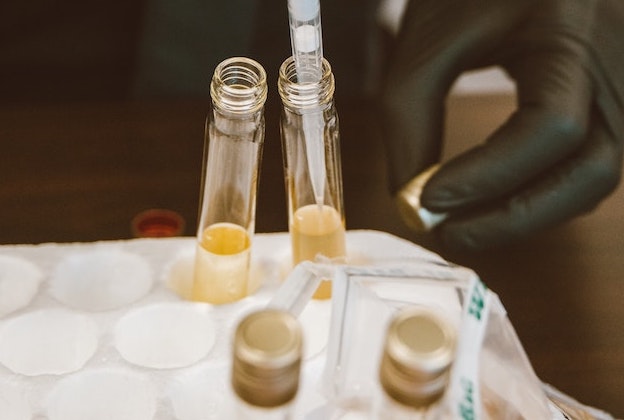On Thursday, April 20, the Harvard Kennedy School’s Belfer Center for Science and International Affairs hosted “Initiating a Renaissance in Biosecurity Governance.” The hybrid event brought together experts from academia, government, and the private sector to discuss the current state of biosecurity governance and emerging threats.
Defining biosecurity: old school vs. new school
Panelists discussed the varying definitions of biosecurity, which depend on stakeholder perspectives and the threats their organizations are trying to mitigate. They elaborated on “old school” versus “new school” biosecurity. Moderator Sam Weiss claimed, “In the old days, maybe 15 years ago or so when we said ‘biosecurity,’ what we mostly meant was security for facilities and activities that involve dangerous pathogens in one way or another. And it seems to me especially with a pandemic, it’s become much broader than that.”
Panelists agreed that “old school” biosecurity is similar to nuclear security, with a focus on monitoring where sensitive materials are and working to contain them. Dr. Jaime Yassif, Vice President for Global Biological Policy and Programs at the Nuclear Threat Initiative (NTI), believes that “new school” biosecurity is “thinking about the bioscience and biotechnology research and development lifecycle and the bioeconomy and how do we safeguard that? How do we enable that?” She acknowledged the need to secure “increasingly democratized and distributed capabilities to manipulate living systems.”
The role of regulation
As for the role of regulation, Dr. Kavita Berger, Board Director of the Board on Life Science of the National Academies of Sciences, Engineering, and Medicine, claimed that regulation spurred a culture of compliance rather than one of working towards a safe and secure environment. Dr. Yassif expressed that regulations should be the last step after understanding a problem and exploring different approaches to tackling it. Panelists agreed that an ideal biosecurity governance structure enables continued innovation and empowers scientists while safeguarding their work.
Speakers acknowledged a self-governance structure that allowed them to responsibly empower scientists around the world by, for example, sending DNA samples through the mail. While not fundamentally opposed to regulations on their operations, all believed in the importance of an informed regulatory framework that would not hinder innovation. They sought better evaluative mechanisms built into the frameworks for emerging technologies.
The necessity of proactive innovation
Biotechnology Innovation Organization (BIO) member Ginkgo Bioworks was represented at the event by Megan Palmer, Senior Director of Public Impact, and Matt McKnight, Head of Biosecurity. McKnight discussed making biosecurity an industry, and how Ginkgo was driven by a strong sense of mission and always sought to be at the cutting edge. McKnight expressed how the organization is doing all it can within the environment they control, while complying with regulatory policies aimed at ensuring safety and security. He also discussed the importance of being at the forefront of technologies even when the government does not anticipate their need, drawing on an anecdote from around the time of WWII when the U.S. government did not see the need for submarine detection technology, but the private sector still invested in its creation. Then, when the need arose, the industry was already built out, and the government could leverage the available expertise from what became the MIT Radiation Laboratory.
The event concluded by acknowledging the breadth of work needing to be done in the institutional, technical, political, and infrastructural realms of biosecurity, and that innovators inevitably create harm through their work and should aim to mitigate the harm done to the same groups harmed by past advances.




